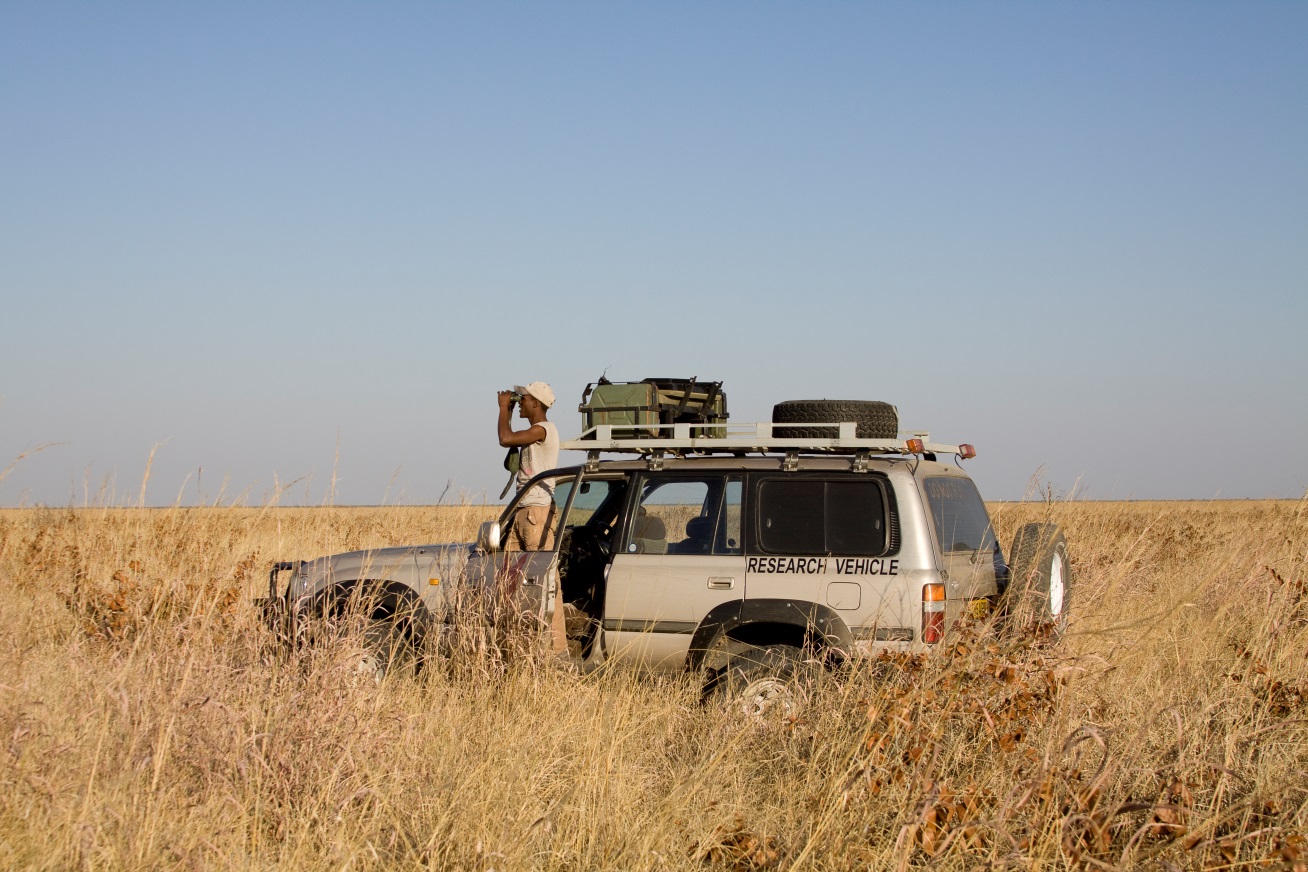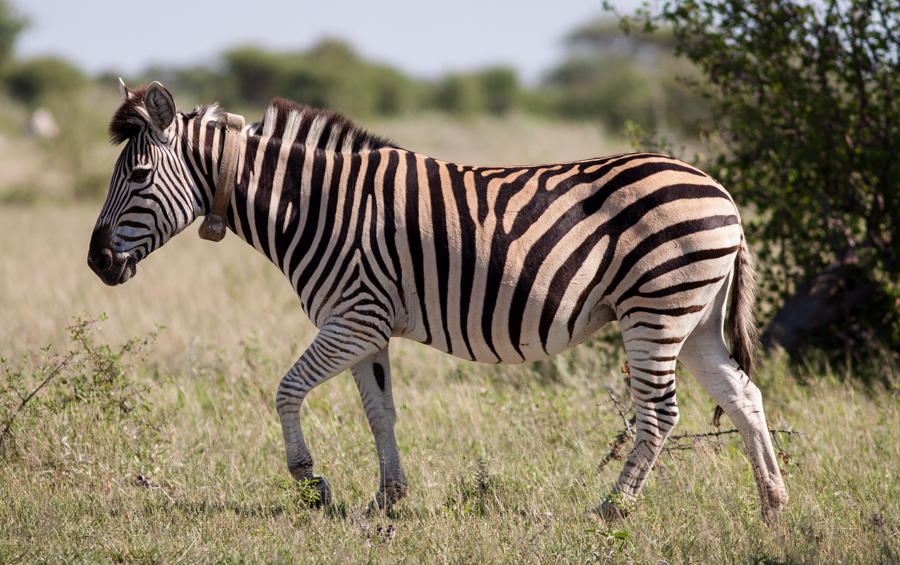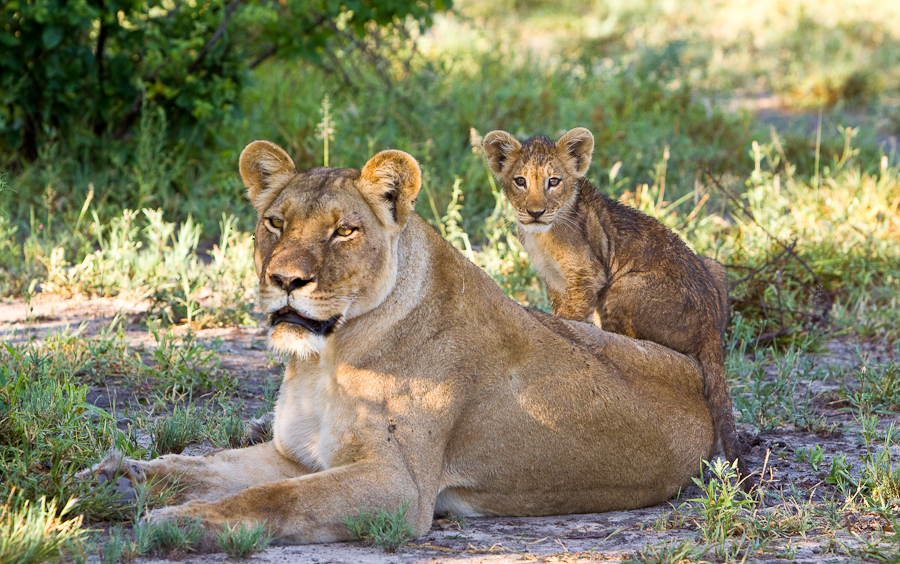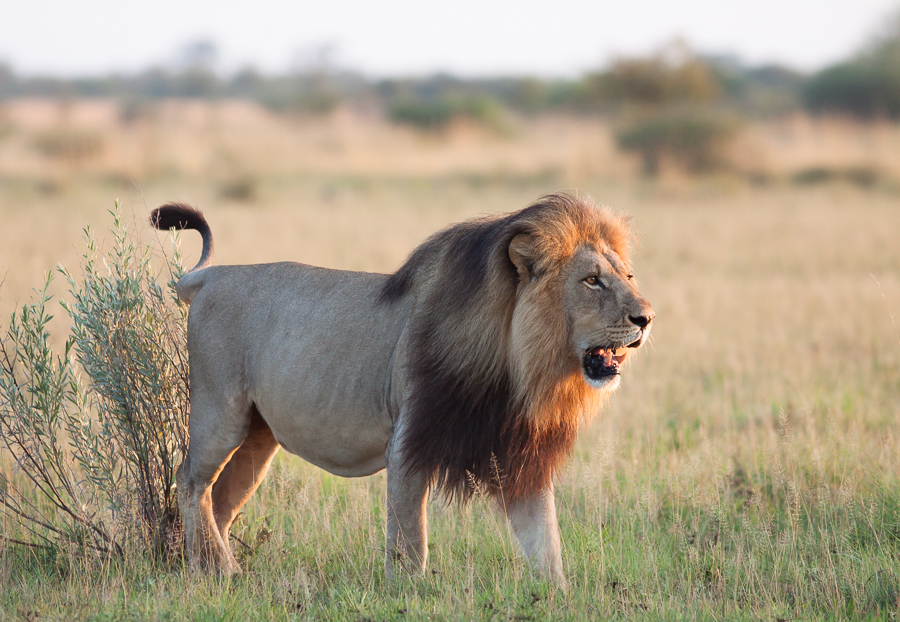News
Why zebras (and thus elephants) matter to lions: David Macdonald tells how the WildCRU’s lion landscapes work in the KAZA TFCA maps onto the biology of elephants and zebras
When Andy Loveridge and I explained about our studies of lions moving between Zimbabwe and Botswana in the Kavango Zambezi Transfrontier Conservation Area (see newsflash August 21, 2015), we mentioned the importance of corridors of protected habitat through which the lions could travel and disperse. In Botswana, two of WildCRU‘s team, Kristina Kesch and Dominik Bauer, have been dedicated to identifying these Botswanan corridors. So, why do zebras and elephants matter to lions – well, aside from the fact that they eat them, both these species may use the same corridors, which is why we are so happy to collaborate with Elephants Without Borders which has been striving to identify elephant, and indeed zebra, corridors since 2004 (www.elephantswithoutborders.org). Historically, Botswana had a number of different migration routes for zebra, wildebeest, springbok, buffalo, elephant and other species. Many of these migrations have ceased, disrupted by agriculture and fencing. However, zebra and wildebeest still migrate on several different routes within the country, including what may be the longest herbivore migration in Africa.
Our Botswana team has equipped lions with satellite collars. Several of these tagged lions have made excursions beyond their home ranges at just the time when large numbers of migrating zebras have been passing by.
Interestingly, in 2003, WildCRU’s Graham Hemson, then also working in Botswana, found that lions living along the Boteti River in the Makgadikgadi Pans National Park switched their diet to livestock when migratory zebra and wildebeest left the area with the onset of the rainy season. Perhaps in the same vein, farmers living on the edges of herbivore migration routes in Botswana have told us that their problems with lions killing their stock come and go seasonally. We begin to see a picture where zebra migrations and lion movements may be closely linked in this landscape. That’s where the collaboration with Elephants Without Borders comes in – because they’ve been studying zebra migrations. The WildCRU team aims to determine the impact of long distance zebra migrations on the lions, and on levels of lion conflict with local cattle farmers – it looks like the two could be linked. By charting the routes of the zebra and the lions we are exploring the possible consequences of these migration routes being lost, and in particular whether this prompts the lions to kill more livestock. Of course, as followers of our website newsflashes, and the Cecil story, will know, once we have the evidence in hand, we will be knocking on the doors of governments in the region, for example in Botswana and Namibia, offering them our findings and assistance in the challenging task of protecting corridors and the animals that use them.
Simon, our tracker, looking for lions on Kazuma Pan
A zebra equipped with satellite collar
A lioness and cub of the Nxai Pan, Botswana
Mandlevu, pride male of the Nxai Pan, Botswana
WildCRU’s field vehicle, bearing our logo, with Simon tracking lion spoor and Dominik at look-out, while Kristina drives in search of migration corridors in Botswana









